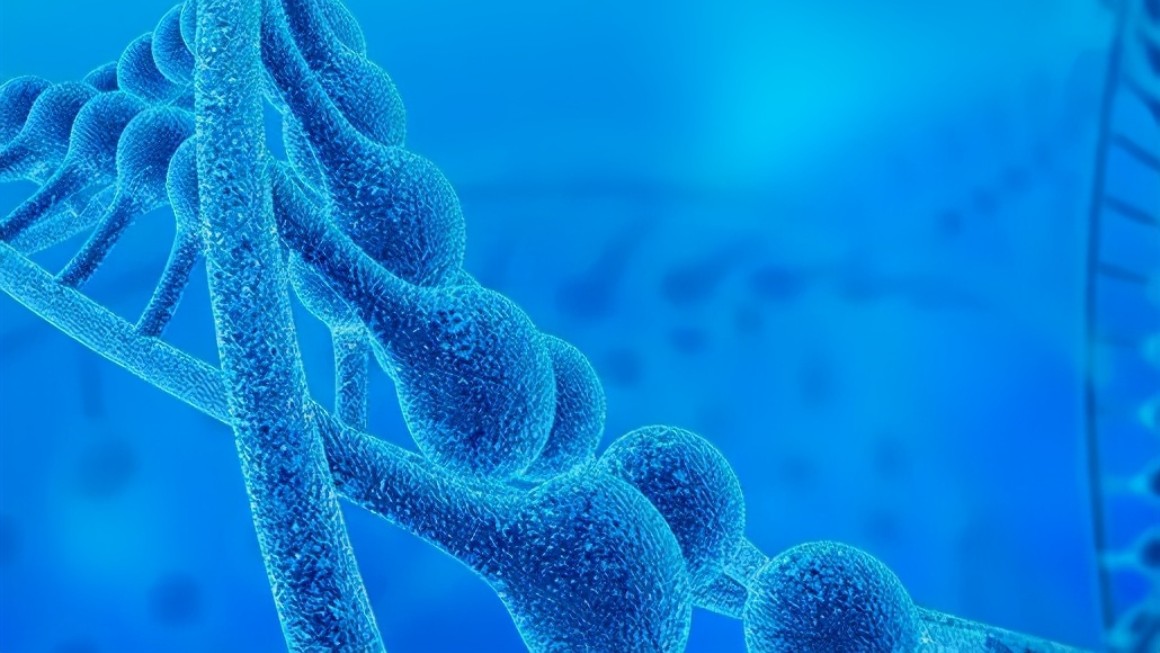Liposome formulations can be used as drug delivery agents due to their ability to reduce toxicity and enhance drug efficacy. UV irradiation of phospholipids produces photopolymerized lipids by cross-linking through a diacetylene group, ultimately resulting in lipopolymers with enhanced rigidity and stability. The polymerization efficiency can be increased by adding the lipids, such as DMPC to the formulations. Many diseases affect the respiratory system that leads to an increase of mucous. Cystic fibrosis and pulmonary fibrosis are common respiratory illnesses. Due to the loss of CFTR function, the clearance of mucus in cystic fibrosis is hindered. It would be useful if the drugs with mucolytic activity can be delivered to airways with abnormal mucus production directly.
Thiol-based drugs can interact with mucoproteins and reduce their viscosity by reducing the number of the existing disulfide bonds, so they are considered mucolytically active. NAC is one of the approved thiol-based mucolytically active drugs used on human, and researchers hope to allow the treatment of NAC delivery to be exerted in the respiratory system with abnormal mucus production.
In order to increase the possibility that the liposomes deliver the drug to lung tissue, researchers used phospolipids, such as DMPC, DPPC and PMPC, which are the major components of lung surfactants. They tested various lipid mixtures, investigated their polymerization efficiency and characterized these formulations by biophysical methods. Then, they tested the safety of the formulations by assessing the cell toxicity on a line of human lung carcinoma cells.
The tested formulations exhibited a relatively high polymerization profile,among which those with a higher concentration of DMPC were the most efficient. When seessing the cell toxicity of the NAC carrying liposomes, the activity of mitochondrial enzymes in the A549 line of human lung carcinoma cells was slightly modified and decreased. As a result, these formulations exhibits slight toxic effect on cell activity.




